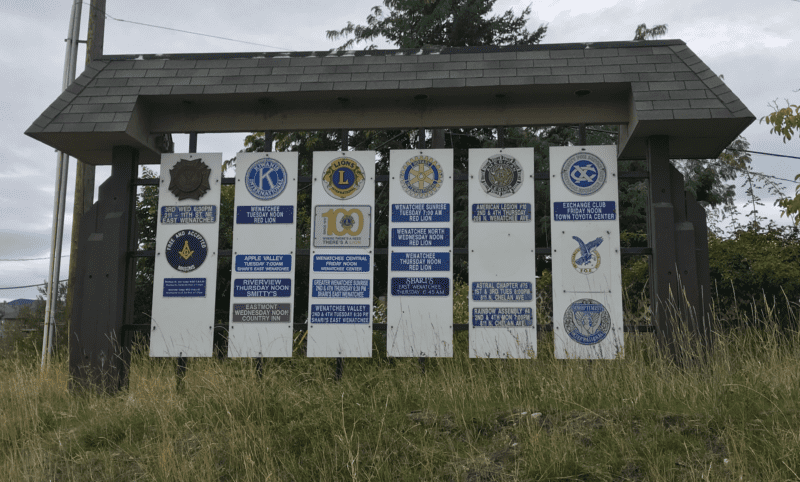How do decisions about your town’s future get made? Do government officials and volunteer leaders rely on what they already know, or do they rely on data generated by outside experts? Or might it be both?

By Paula Jensen
Intuitive decision making is based on gut feelings, past experiences, and personal judgment. It involves using our instincts and emotions to decide, without relying heavily on data and analysis.
Data-driven decision making is based on objective data and analysis. It involves collecting and analyzing relevant data to identify patterns, trends, and insights, which are then used to make informed decisions.
Let me share a small-town leadership story.
About three years ago, I was in a board meeting with an economic development organization discussing their need to attract workforce for about 90 local job openings. The economic development director shared a couple recent stories about how limited housing stock was a big barrier for attracting more workforce. After a short discussion, one of the board members stated firmly, “I’m a realtor. We do NOT have a housing problem! There are currently twelve homes for sale and multiple apartment vacancies.” At that point, the conversation stopped.
Both people were accurate in their reports, yet in hindsight what was missing from the conversation was some quality secondary data available from their local housing study. The Housing Study, completed by a third-party, stated:
“The community has a stock of older, lower valued homes, of which 59% need minor or major repairs and another 3% are dilapidated. Our analysis of sales activity indicates that approximately 50% of the homes are valued less than $75,750. As some lower valued homes come up for sale, they may not be attractive options for potential home buyers because of the amount of repair work that is required.” In addition, the housing study recommended, “approximately 10 to 15 additional rental units will be needed over the next five years to replace lost units. This replacement is appropriate due to the deteriorating condition of older, substandard rental housing that should be removed from the occupied stock.”
Data can open conversation to new possibilities
In the story above, the economic development director’s intuition was indicating that housing was a strong barrier to workforce attraction. But imagine if that intuition had been backed up with the data from the housing study? That data could have opened the conversation about quality housing being the issue, not the number available units.
I am happy to report, three years after this initial conversation the economic development organization is using intuition (knowing their community) and data (their updated housing study) to move toward solutions that will ultimately address the housing quality issue and attract workforce.
Combining the two approaches of intuitive and data-driven decision making can be very powerful. Intuition can provide a valuable starting point, helping decision makers to identify potential options and narrow down choices. Data analysis can then be used to validate and support these options, providing objective evidence to back up intuitive decisions.
By uncovering the story told by the data, it can also help us see patterns, understand the meaning behind the data, and become more proactive rather than being reactionary to issues as they pop up.
Ultimately, the best approach will depend on the specific situation and the decision being made. In some cases, intuition may be more important, while in others, data may be the key factor. The most effective decision makers can balance both approaches, using intuition to guide them, and data to validate and support their decisions.
